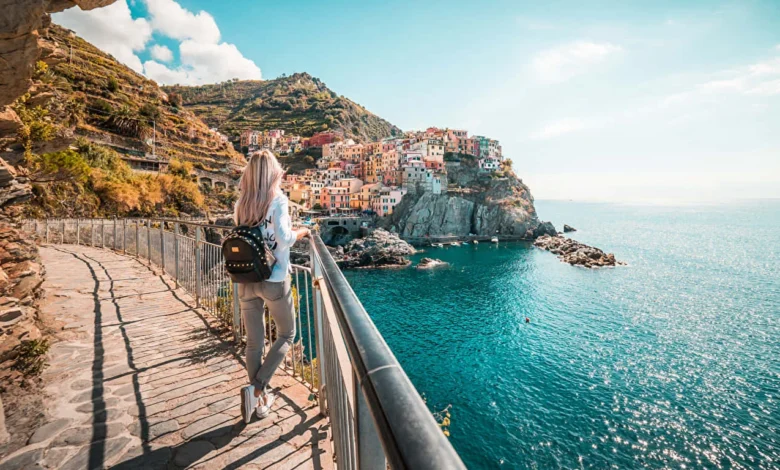Viltnemnda, often translated as the wildlife committee or board, plays a crucial role in Norway’s approach to sustainable wildlife management. These municipal-level bodies oversee local policies on hunting, conservation, and animal welfare, ensuring a balance between human activities and nature. In an era where environmental concerns like biodiversity loss and climate change are trending topics, Viltnemnda stands out for its hands-on involvement in Norwegian wildlife management, making it essential for hunters, landowners, and communities. Incorporating SEO-friendly terms such as “Viltnemnda Norway,” “Norwegian hunting regulations,” and “wildlife conservation committees,” this system highlights Norway’s commitment to responsible outdoor practices and ecological harmony.
Background
The concept of Viltnemnda traces its origins to Norway’s long-standing tradition of managing wild game and natural resources. Established under the Norwegian Wildlife Act (Viltloven), these committees were initially state-operated bodies designed to implement national wildlife policies at the local level. A pivotal shift occurred in 1993 when responsibilities were decentralized and transferred to individual municipalities, allowing for more tailored approaches to regional needs. This background reflects Norway’s emphasis on community involvement in environmental stewardship, evolving from centralized control to localized governance amid growing awareness of sustainable practices in the Nordic region.
Formation and Operations
Viltnemnda’s formation is rooted in legal frameworks like Section 4 and Section 6 of the Wildlife Act, which delegate wildlife management duties to municipalities. Each committee is typically elected or appointed by local authorities, drawing members with expertise in ecology, hunting, or land management to ensure informed decision-making. Operationally, these boards function as advisory and executive entities, coordinating with national agencies on issues like population monitoring and habitat preservation. Challenges include adapting to varying municipal sizes and resources, with some areas integrating Viltnemnda tasks into broader environmental committees, while others maintain dedicated groups for specialized focus.
Key Duties and Contributions
Viltnemnda is renowned for its core responsibilities in promoting wildlife care (viltstell) and facilitating hunting opportunities (jakt). Key duties encompass organizing wildlife management areas by consolidating properties for efficient conservation, conducting research on species like moose (elg) and deer, and handling emergencies such as animal-vehicle collisions. Notable contributions include enforcing hunting quotas to prevent overexploitation, supporting biodiversity through habitat projects, and educating the public on responsible outdoor ethics. These efforts have led to successful wildlife population recoveries in various regions, underscoring Viltnemnda’s role in Norway’s acclaimed model of sustainable resource management.
Impact and Influence
Viltnemnda exerts significant influence on Norway’s environmental landscape by fostering a culture of conservation that benefits ecosystems, economies, and communities. Its impact is evident in balanced wildlife populations that support tourism and recreational hunting, contributing to rural livelihoods without quantifiable “net worth” but with profound social value. By addressing human-wildlife conflicts and promoting ethical practices, these committees influence broader policies, inspiring similar systems in neighboring Nordic countries and enhancing Norway’s global reputation in wildlife governance.
Operational Insights
At its core, Viltnemnda embodies values of collaboration and expertise, often comprising volunteers or locals passionate about nature. Insights reveal a focus on practical, community-driven solutions, such as rapid response to injured wildlife or seasonal hunting plans. Respect for privacy and factual decision-making guide operations, ensuring decisions are based on scientific data rather than personal biases, which builds trust among stakeholders like farmers and environmentalists.
Public Image and Media Presence
Viltnemnda is generally portrayed in Norwegian media as a vital, proactive force in wildlife protection, frequently featured in news about animal rescues or hunting seasons on platforms like VG. Public perceptions view it as accessible and essential, with lesser-known facts including its role in mandatory reporting of animal accidents to police. Quotes from experts often emphasize its “community-centered approach,” while online discussions on social media, such as Instagram pages dedicated to wildlife alerts, highlight its real-time engagement, reinforcing a positive, authoritative image in environmental circles.
Conclusion
In essence, Viltnemnda exemplifies Norway’s innovative blend of local governance and environmental responsibility, evolving since 1993 to safeguard wildlife for future generations. Its duties in conservation, research, and community education offer key takeaways on sustainable living. As global interest in eco-friendly practices grows, Viltnemnda inspires a reflective appreciation for nature’s balance, encouraging proactive involvement in preserving our shared heritage.
Frequently Asked Questions (FAQ)
What is Viltnemnda in Norway? Viltnemnda is a municipal wildlife committee responsible for managing local wildlife, including hunting regulations, conservation efforts, and handling animal-related incidents under the Norwegian Wildlife Act.
What are the main duties of Viltnemnda? Its primary tasks include promoting wildlife care, organizing management areas, conducting research, enforcing hunting quotas, and responding to emergencies like animal-vehicle collisions.
How is Viltnemnda formed? It is typically elected or appointed by municipal authorities, often consisting of members with relevant expertise, following the decentralization of wildlife management in 1993.
Why is Viltnemnda important for Norwegian communities? It ensures sustainable wildlife populations, supports rural economies through hunting and tourism, and resolves human-wildlife conflicts, contributing to overall environmental health.
How can I contact Viltnemnda in my area? Reach out to your local municipality in Norway for details on the committee; in emergencies involving wildlife, contact the police at 02800 as per national guidelines.
For more article, must visit techwicz.org



